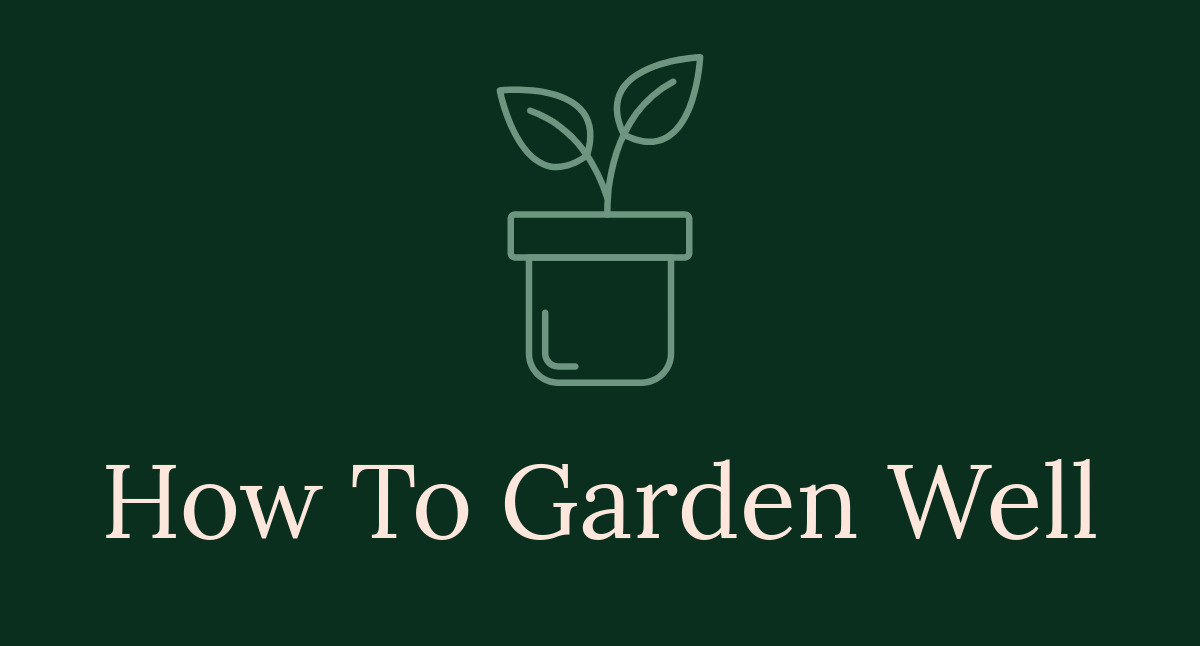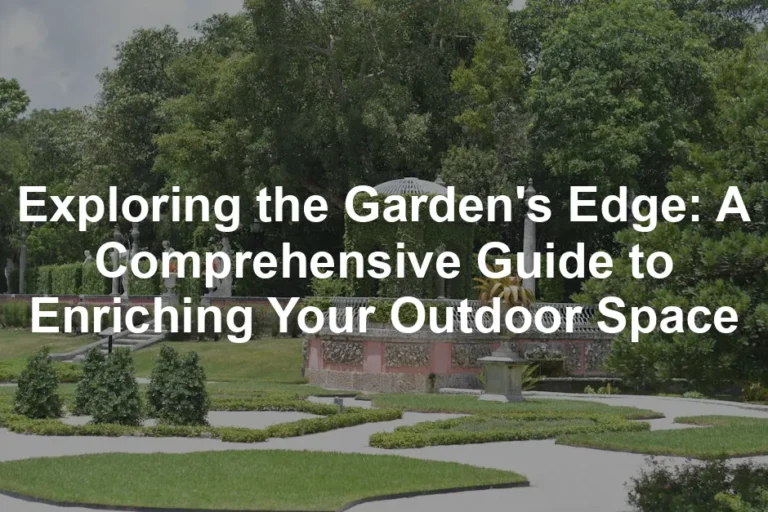
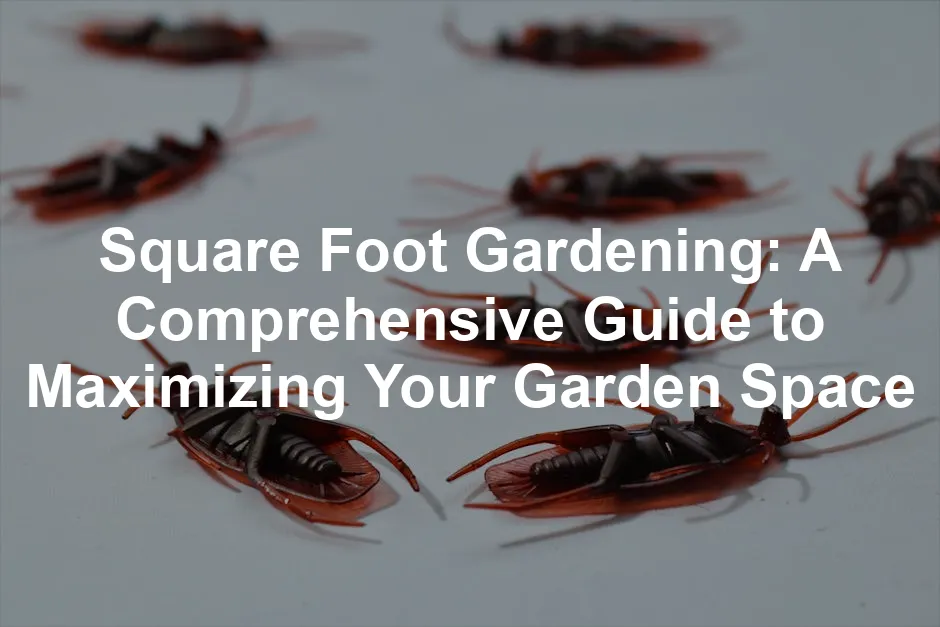
Square Foot Gardening: A Comprehensive Guide to Maximizing Your Garden Space
Introduction
Square foot gardening is a clever way to garden in small spaces. This method originated in the 1970s and quickly gained popularity among both novice and seasoned gardeners. It’s perfect for urban environments or compact backyards. With square foot gardening, you can grow more food while saving time and effort. If you’re just starting out, consider checking out “Square Foot Gardening: A Beginner’s Guide by Mel Bartholomew”. This book is a treasure trove of information and will help you get started on your gardening journey with ease.Summary and Overview
Square foot gardening involves dividing your garden into small, manageable squares. Each square is dedicated to a specific crop, allowing for intensive planting. Mel Bartholomew, an engineer, popularized this method with his book published in 1981. The benefits include higher yields, reduced maintenance, and minimal space requirements. However, some challenges exist, such as potential pest issues and the need for consistent watering. As urban gardening becomes more popular, square foot gardening remains relevant for those wanting to grow food in limited areas. To ensure your garden thrives, consider investing in a Raised Garden Bed Kit. It simplifies the setup process and ensures your plants have the right environment to flourish.
What is Square Foot Gardening?
Square foot gardening is a method that optimizes space by dividing a garden bed into square sections, typically 4 feet by 4 feet. Each section, or square, is 1 foot by 1 foot, allowing you to plant a variety of crops according to their size. For instance, you can plant one large tomato plant, four lettuce plants, nine spinach plants, or sixteen radishes in a single square. This grid system simplifies planting and makes crop rotation easy. The recommended depth for these raised beds is usually 6 to 12 inches, which supports healthy root growth. This method not only maximizes your yield but also minimizes weeding and maintenance. With careful planning, you can create an efficient garden that thrives in small spaces. Take a moment to measure your available area, and consider starting your own square foot garden!
Benefits of Square Foot Gardening
Square foot gardening offers fantastic advantages for both beginners and seasoned gardeners. First and foremost, it maximizes space efficiency, allowing you to grow a significant amount of food in a small area. In fact, studies show that this method can yield up to 100% more crops per square foot compared to traditional gardening. Imagine harvesting fresh vegetables from just a few feet of garden! Another great benefit is the reduced need for weeding and maintenance. The dense planting technique naturally suppresses weeds, which means less time spent pulling them out. This is particularly appealing for busy individuals or those who want a low-maintenance garden. Accessibility is also a key factor. Square foot gardening is perfect for new gardeners and individuals with limited physical abilities. The raised beds can be designed at a comfortable height, making planting and harvesting easier. Speaking of ease, consider using a Drip Irrigation Kit to automate your watering process. This can save you time and ensure your plants get consistent hydration.
Setting Up Your Square Foot Garden
Choosing the Right Location
When setting up your square foot garden, choosing the right location is crucial. Look for an area that receives at least 6 to 8 hours of sunlight daily. Sunlight is vital for plant growth and helps your crops thrive. Additionally, ensure the spot has good drainage to prevent water from pooling. Avoid low-lying areas where water might accumulate after rains. A flat, accessible location near your home makes gardening chores easier and more enjoyable.
Building the Garden Bed
Creating a raised garden bed is essential for square foot gardening. Start by gathering your materials, which can include untreated wood, bricks, or composite materials. A common size for these beds is 4 feet by 4 feet, allowing easy access from all sides. Next, construct the frame using 2×6 boards for a depth of 6 to 12 inches. This depth is ideal for root growth and drainage. Once your frame is ready, fill it with a special soil mix known as Mel’s Mix, which consists of one-third peat moss, one-third vermiculite, and one-third compost. This blend provides excellent drainage and nutrients. To ensure your plants thrive, consider using a quality Garden Soil Mix to provide the right nutrients for your plants. Finally, mark the grid using strings or wooden slats to create one-foot squares. This structured layout helps you visualize planting and ensures optimal spacing. Gather your materials and start building your own raised beds today!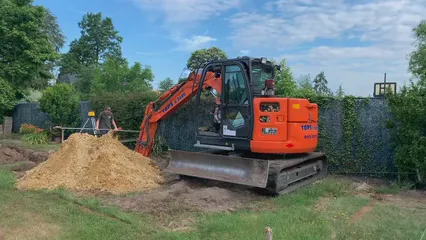
Marking the Grid
To create a grid for your square foot garden, use simple materials like string, wooden slats, or even PVC pipes. Start by marking the perimeter of your raised bed. Then, divide it into equal one-foot squares. Lay the string or slats across the bed to form a clear grid. This method not only helps visualize your planting layout but also ensures proper spacing. You can customize the grid size based on your garden dimensions. Keeping the layout organized makes planting and harvesting much easier.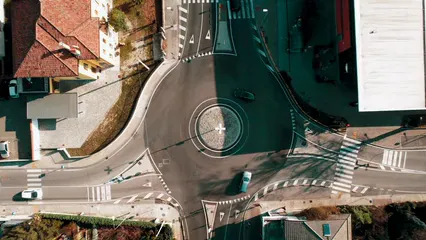
Planting in Square Foot Gardening
Selecting Crops
Choosing the right crops is essential for a thriving square foot garden. Focus on plants that fit well in small spaces, such as leafy greens, herbs, and root vegetables. Leafy greens like lettuce and spinach thrive in this method, allowing you to plant multiple plants per square. For example, you can fit up to 16 radishes or 4 cabbage plants in one square foot. Diversity is key. Rotate your crops each season to maintain soil health and reduce pest issues. Mixing different plant types can also enhance growth, thanks to companion planting. For instance, planting marigolds next to tomatoes can deter pests. Consider exploring companion planting strategies for increased yield.Consider your climate and the time it takes for plants to mature. Check your local planting guide for optimal crop selection. By creating a planting plan based on your preferences, you’ll enjoy a bountiful harvest throughout the growing season.Companion planting can significantly enhance your garden’s productivity and pest resistance. Learn more about companion planting.

Planting Techniques
There are several effective planting techniques for square foot gardening. One popular method is direct sowing, where you plant seeds directly into the soil. This works well for quick-growing crops like radishes and carrots. Another technique is transplanting seedlings, ideal for larger plants like tomatoes or peppers. When transplanting, ensure to space them according to their needs. For vertical gardening, use trellises for vining plants such as cucumbers or peas. This maximizes space and keeps your garden organized. Speaking of trellises, you might want to check out a Garden Trellis for Climbing Plants to support your vertical growth.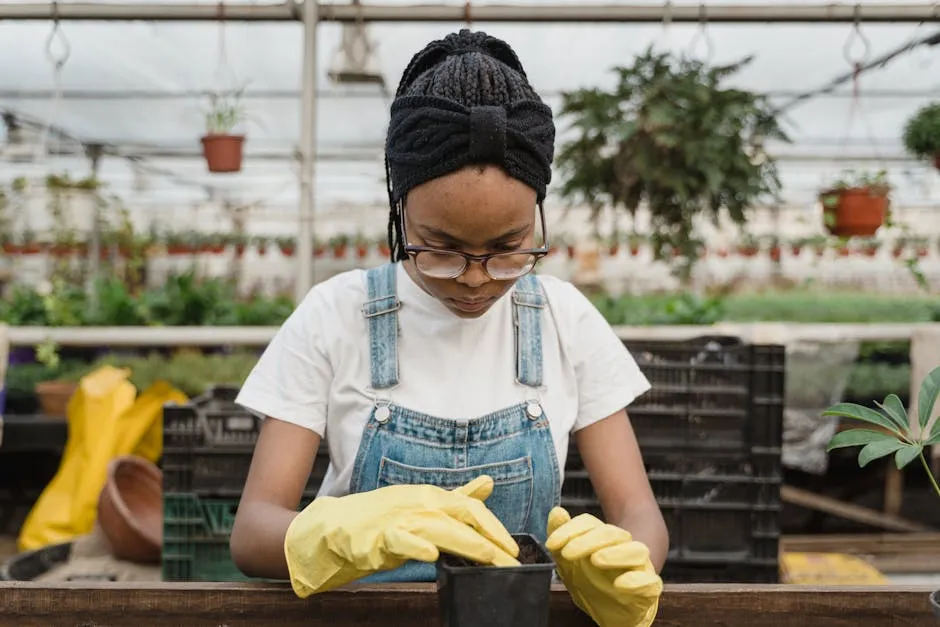
Maintenance and Care
Watering and Fertilizing
Proper watering and fertilizing keep your square foot garden thriving. Aim to water consistently, especially during hot weather. A good rule of thumb is to check the soil moisture daily. If the top inch feels dry, it’s time to water. Early morning is the best time for watering, as it allows plants to absorb moisture before the heat of the day. For square foot gardens, consider using drip irrigation or soaker hoses. These methods deliver water directly to the roots, minimizing evaporation. Organic fertilizers are ideal for these small spaces. They enhance soil health and promote robust plant growth. Look for slow-release options, such as Organic Fertilizer (Slow Release) to provide nutrients over time. Liquid fertilizers can also be beneficial during the growing season. Establish a watering routine that suits your plants. Consistent care leads to healthier crops and a bountiful harvest.
Pest Control
Natural pest control methods are key in square foot gardening. Start by encouraging beneficial insects, like ladybugs and lacewings, which prey on harmful pests. Plant companion plants, such as marigolds, to deter unwanted visitors. Regularly inspect your plants for signs of pests. Hand-picking visible insects can effectively reduce their numbers. Use homemade insecticidal soap or neem oil as a gentle spray if needed. Keeping your garden clean and removing dead leaves also helps prevent infestations. To make pest control even easier, consider using a Pest Control Spray (Organic) to keep your plants safe without chemicals.
Challenges of Square Foot Gardening
Square foot gardening offers many benefits, but it comes with its own set of challenges. One common issue is watering. Raised beds tend to dry out faster than traditional gardens, requiring frequent checks. Monitor soil moisture closely, especially during dry spells, to prevent plants from wilting. Dense planting can lead to pest and disease problems. Overcrowded plants may struggle for nutrients and sunlight, making them more susceptible to disease. Regularly inspect your garden and practice crop rotation to minimize these risks. Consider learning about understanding crop rotation for healthier vegetables.Costs for building raised beds can be another concern. While they provide excellent soil quality, materials can add up. Start small with one or two beds, then expand as your budget allows. If you’re looking for an eco-friendly option, consider using a Eco-Friendly Garden Tools Set for your gardening needs.Crop rotation is essential for maintaining soil health and preventing disease. Explore crop rotation techniques to enhance your gardening experience.

Conclusion
Square foot gardening is a fantastic way to maximize your gardening space. This method allows you to grow a variety of plants in limited areas, making it perfect for small backyards or urban settings. You can achieve higher yields while spending less time on maintenance. Plus, it’s accessible for gardeners of all experience levels, including beginners. Don’t hesitate to give square foot gardening a try in your own garden! You’ll be amazed at how much you can grow with just a little planning and effort. Whether you’re a seasoned pro or just starting out, this method can transform your gardening experience. If you’re looking to enhance your gardening capabilities, consider an LED Grow Light for Indoor Plants to keep your plants thriving indoors too!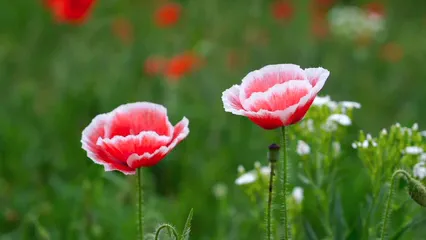
FAQs
What is square foot gardening?
Square foot gardening is a planting method that divides a garden into small, 1-foot squares. Each square holds a specific crop, optimizing space and yields. This approach simplifies gardening and makes it easier to manage your plants.
How do I start a square foot garden?
Begin by choosing a sunny location and building a raised bed, typically 4 feet by 4 feet. Fill it with a quality soil mix. Then, mark your grid with strings or wooden slats to create squares. Finally, select your crops and plant them according to their size.
What crops are best for square foot gardening?
Ideal crops include compact vegetables and herbs. For example, you can plant 16 radishes, 9 spinach plants, or 1 tomato plant per square. Choose a variety of crops to maximize yield and keep your garden interesting.
Is square foot gardening suitable for beginners?
Yes, square foot gardening is perfect for beginners! Its organized layout makes it easy to plan and maintain. You can grow a variety of plants without needing extensive gardening knowledge or experience.
What are the disadvantages of square foot gardening?
Some challenges include the potential for soil drying out quickly and pest issues due to dense planting. Additionally, building raised beds can involve upfront costs. Regular monitoring and care are essential for success in this method.
Please let us know what you think about our content by leaving a comment down below!
Thank you for reading till here 🙂
All images from Pexels
